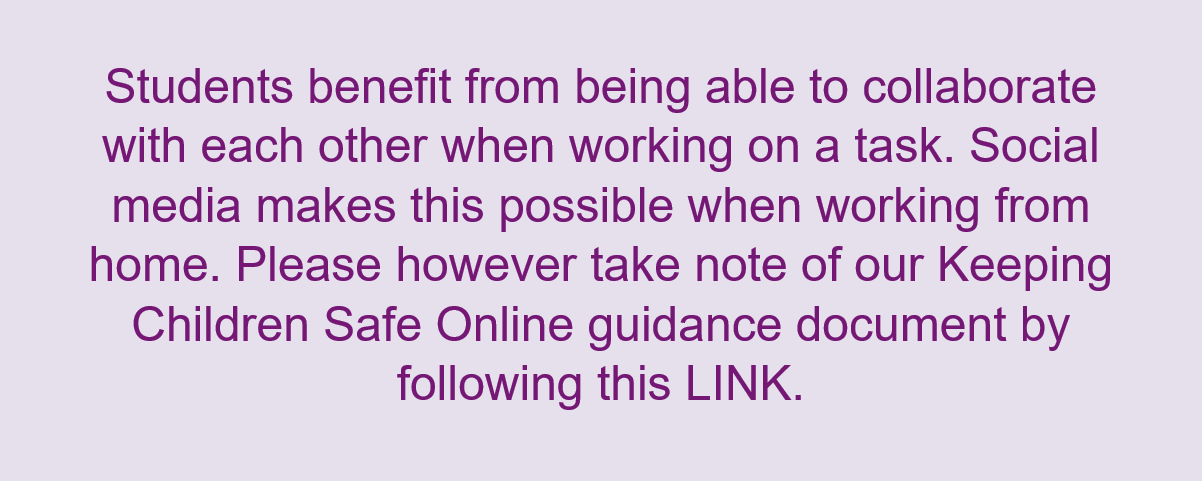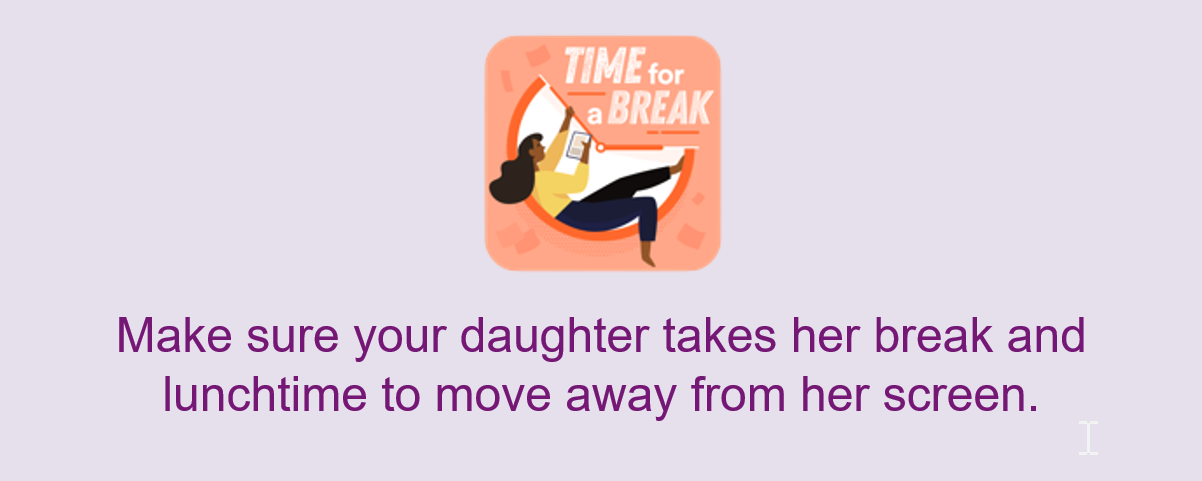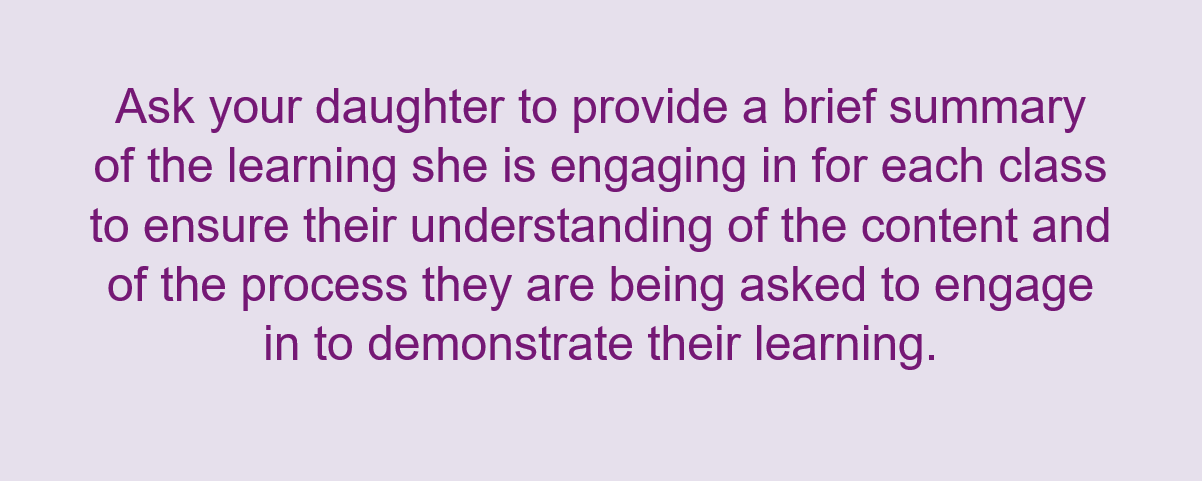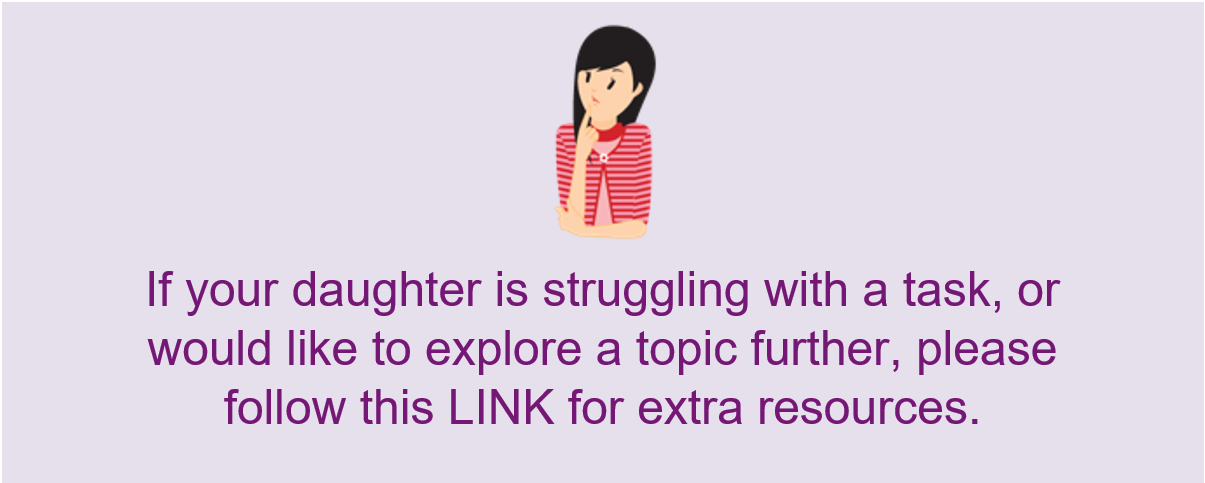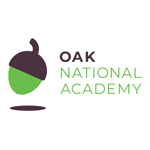Remote Learning
Our aim remains to keep our core purpose of teaching and learning continuing as effectively as possible with the expectation that students engage fully with our remote provision.
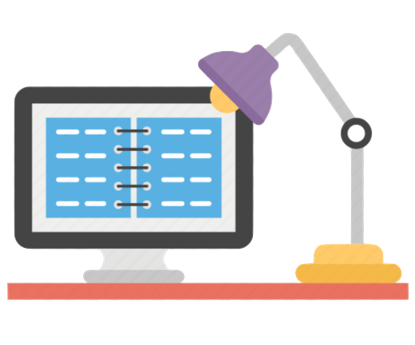
It is vital that students continue to engage with their learning during school closure or periods of isolation to maximise the learning opportunities during this period and to minimise any gaps in their learning.
Since 23 March 2020 we have worked hard to develop a wide range of approaches to remote learning which are known to be best practice and follow the guidance from the Department for Education and the Education Endowment Fund. We have also increased our investment in technology to facilitate the delivery of the highest quality of remote education.
The remote education provided by Northampton School for Girls (NSG) is informed by the latest research, as well as Ofsted’s guidance on what is working well in remote education, 11th January 2021, and is equivalent in length to the core teaching students would receive in school. It includes a combination of both recorded (asynchronous) and live (synchronous) teaching time, and time for pupils to complete tasks and assignments independently. This is in line with the recommendations from Ofqual as outlined in their January 2021 report: https://dfemedia.blog.gov.uk/2021/01/08/what-should-remote-education-look-like-how-can-your-child-learn-remotely-if-you-dont-have-a-laptop-we-answer-your-remote-learning-questions/ .
The remote education provided at NSG equates to 5 hours a day and is structured around the school timetable. Our remote provision remains broad and balanced, mirroring as much as is possible, reasonable and fair, the habitual routines of a normal school day. However, at all times, we recognise that the pace and style of learning online is different to that of a school day and, therefore, the structure of delivery will vary accordingly.
For further help and advice for remote learning, please click on the tabs below.
Structure and routine
We know that structures, routines and timelines for school days are helpful for children and families. We also need to ensure that students have enough teaching time each day to continue to follow our well sequenced, rich curriculum. We have put in place the following structure for our remote school day:
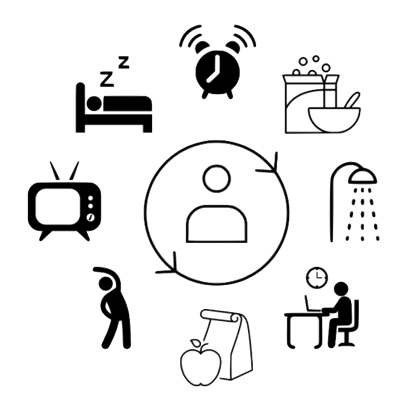 Students should be up, dressed and ready to logon to their computers by 9:15 am every morning if isolating or 8:50 am if the whole school/whole tutor group is working remotely.
Students should be up, dressed and ready to logon to their computers by 9:15 am every morning if isolating or 8:50 am if the whole school/whole tutor group is working remotely.- If a student is unwell and unable to work, you must contact the absence desk as usual so that we can monitor and track attendance.
- Students will access their lessons according to their timetable.
- For each lesson they should log onto their Google Classroom. Students have been taught how to do this but please, don’t hesitate to contact their class teacher if they are experiencing any issues with this. A guide on how to do this can be found HERE.
- In the instance of a whole school or whole tutor group working remotely, the day will start as usual with tutor time where tutors will check in to see how their tutees are. It is important that we continue to monitor health and wellbeing. We will also continue with our PSHE curriculum and assemblies.
Lessons will be a combination of live streaming of lessons by NSG teachers, pre-recorded lessons produced by NSG teachers, pre-recorded lessons produced by external organisations, for example, Oak National Academy or Hegarty maths, and set tasks that students will complete independently.
For live lessons we will be using Google Meets. It is important that students dress appropriately for this. For example, dressed in what they might wear for a non-uniform day at school (they must not wear pyjamas). They must also be mindful of the background that will be visible to all. We ask that they use the option to blur their back ground. Their class teacher will remind them of our safety protocols around this.
Teachers will continue to set work to give students the opportunity to consolidate their learning and teachers the opportunity to assess progress and provide feedback. The process for submitting work online, along with any deadlines for submission will be shared by the class teacher.
If your daughter does not have access to the internet or a computer/laptop please contact the Assistant Headteacher responsible for information technology
Supporting your child
We have always worked closely with parents and carers to achieve the best for our students, you can support your daughter with their remote learning by:
- Designating a place where your daughter can work independently on her assigned tasks.
- Ensuring she completes all work set and attends any lessons that the teacher has announced will be live streamed. A copy of your daughter’s timetable is available on EdulinkOne. Please find a link to EdulinkOne here.
- Monitoring the NSG website and your EdulinkOne app for messages.
- Asking your daughter about their work completion, supporting them, as needed, to complete the identified work set.
- Checking that they have successfully submitted work. Most work will be submitted through Google Classroom. A guide on how to do this can be found HERE
- Reminding your daughter to ask questions of their teachers via Google Classroom or during any live streamed lessons.
- Checking that your daughter is dressed appropriately and following our remote learning and safe use of technology policies when attending a live streamed lesson.
- Checking that your daughter takes her break and lunchtime and uses these to move away from her screen, to stretch and get something to eat and drink.
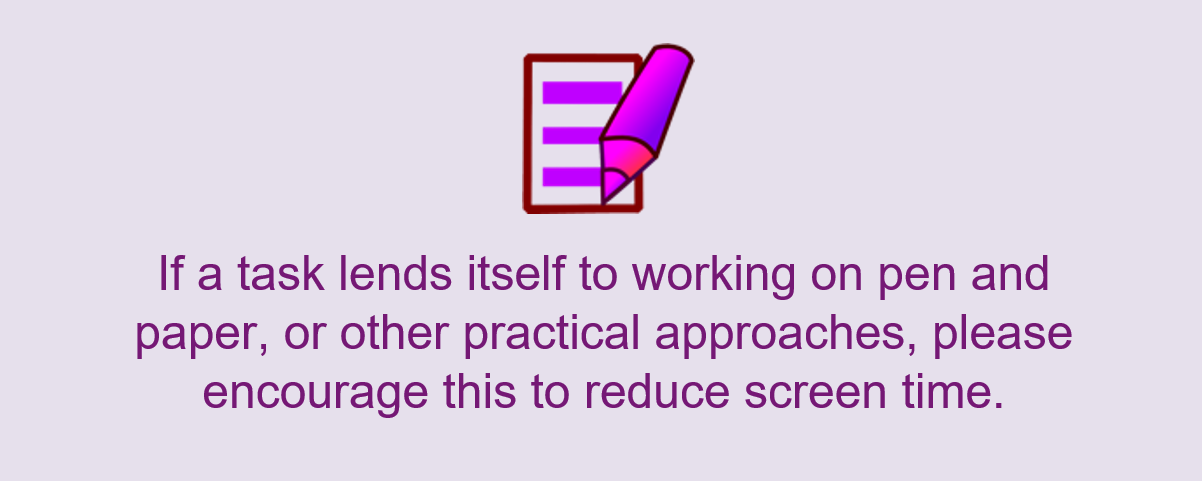
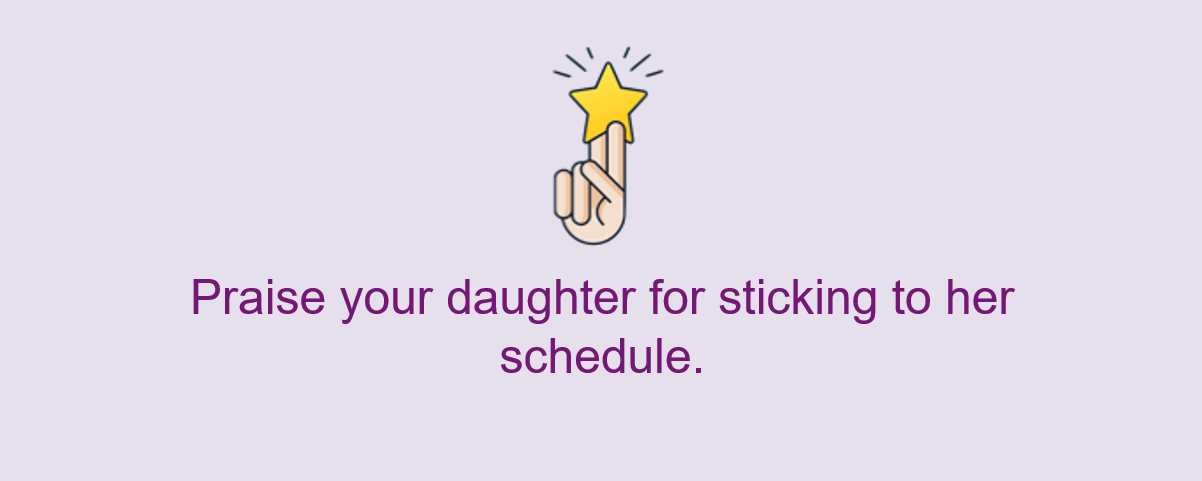
Where to find extra help
Interaction with Teachers
Google Classroom https://classroom.google.com/
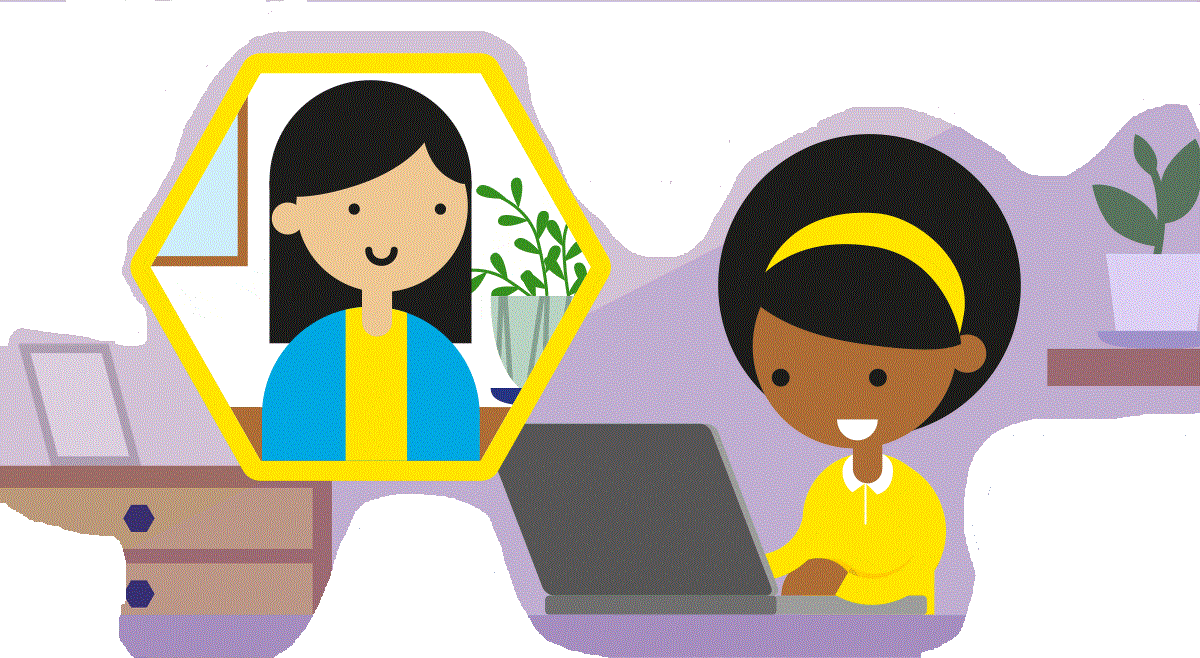 Google Classroom will be used to share resources and so that students can submit their work. It also enables teachers to give feedback to students. To access Google Classroom, click on the link above. If prompted to log in to Google, students should use their school email address, which takes the form of - the year they started, initial, surname, followed by @nsg.northants.sch.uk and the password they use to log in to Chromebooks or computers in school.
Google Classroom will be used to share resources and so that students can submit their work. It also enables teachers to give feedback to students. To access Google Classroom, click on the link above. If prompted to log in to Google, students should use their school email address, which takes the form of - the year they started, initial, surname, followed by @nsg.northants.sch.uk and the password they use to log in to Chromebooks or computers in school.
Finding Extra Learning Activities
Staying fit and healthy
Mental Health and Well-being
 One of the most important ways to keep mentally healthy is to have routine and structure, and to maintain a healthy sleep pattern.
One of the most important ways to keep mentally healthy is to have routine and structure, and to maintain a healthy sleep pattern.
The Education Endowment Foundation (EFF) have produced a series of checklists to help parents and children manage their routines.
- Supporting home learning routines: Planning the day
Click here for the planning the day chart
- All the EEF materials to support home learning can be found here:
Click here for the EEF resources

There are many benefits of why you should exercise daily. As little as 20-30 minutes daily will benefit you hugely.
Benefits of Exercising:
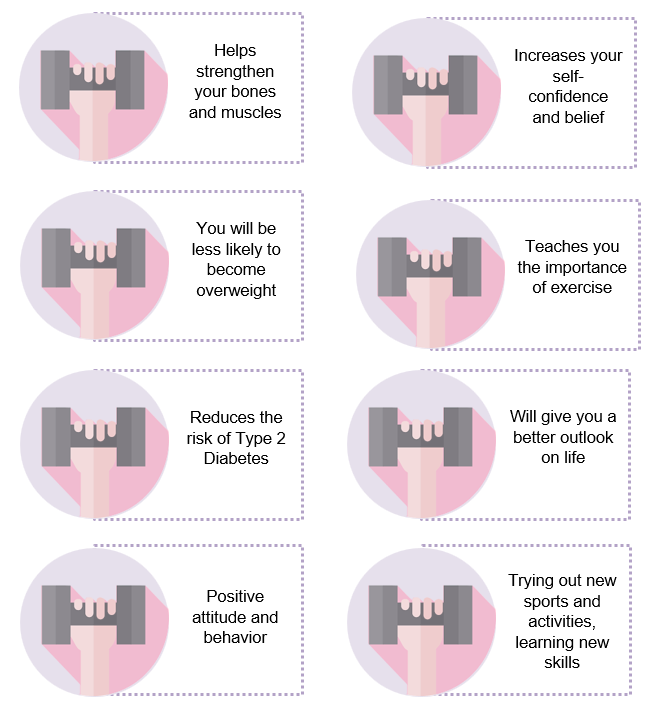
Maintaining a healthy and nutritious diet.
Here are some tips:
- Don't skip breakfast
Skipping meals won't help you lose weight and isn't good for you, because you can miss out on important nutrients. Having breakfast will help you get some of the vitamins and minerals you need for good health. Try our healthy breakfast ideas.
- Get your 5 A Day
Fruit and vegetables are good sources of many of the vitamins and minerals your body needs during your teenage years. Aim to eat at least 5 portions of a variety of fruit and veg a day. Find out what counts as 5 A Day.
- Healthier snack ideas
Cut down on food and drinks high in fat, sugar and salt, such as sweets, chocolate bars, cakes, biscuits, sugary, fizzy drinks and crisps, which are high in calories (energy). Get tips on eating less sugar, fat and salt.
- Stay hydrated
Aim to drink 6 to 8 glasses of fluids a day – water and lower-fat milk are both healthy choices.
Even unsweetened fruit juice is sugary. Your combined total of drinks from fruit juice, vegetable juice and smoothies shouldn't be more than 150ml a day – which is a small glass.
- Feeling tired?
If you often feel run down, you may be low on iron. Teenage girls are especially at risk because they lose iron during their period. Try to get your iron from a variety of foods. Some good sources are red meat, breakfast cereals fortified with iron, and bread. Find out more in iron deficiency.
- Vitamin D
Vitamin D helps keep bones and teeth healthy. We get most of our vitamin D from the sun, but it's also available in some foods. Find out more about getting vitamin D.
- Calcium
Calcium helps to build strong bones and teeth. Good sources of calcium include milk and other dairy products, and leafy green vegetables. Find out more about calcium.
More advice or help is available at the following NHS websites:
https://www.nhs.uk/live-well/exercise/physical-activity-guidelines-children-and-young-people/
https://www.nhs.uk/live-well/eat-well/healthy-eating-for-teens/

